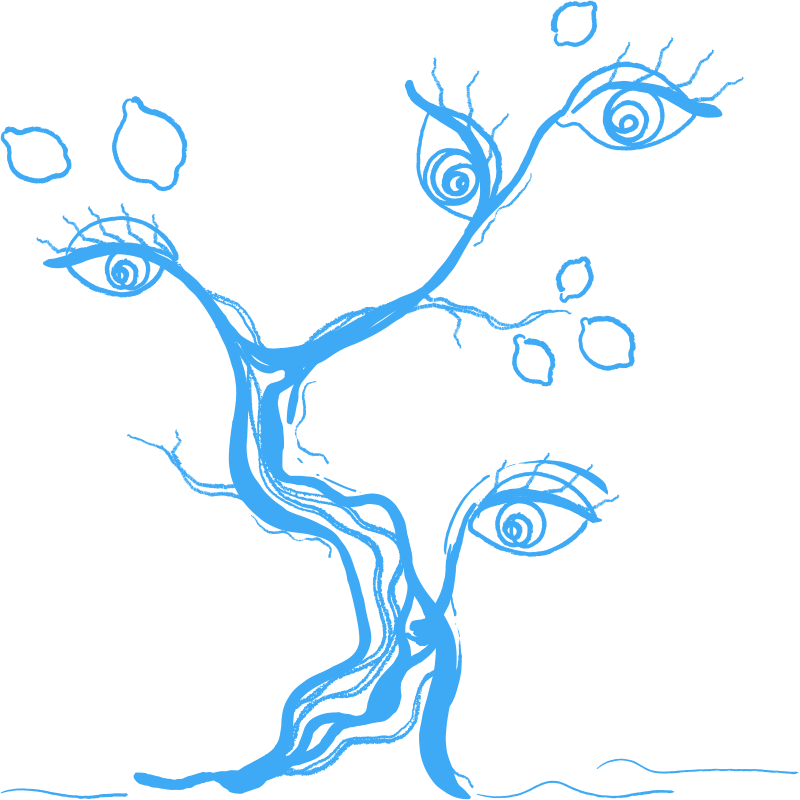Understanding learning difficulties:

Dyscalculia and dyscalculia, along with dyslexia and dyscalculia, are terms that we parents are increasingly confronted with in connection with school and children.
Even though the phenomenon of dyscalculia has not yet received the same attention in research as dyslexia, experts assume that the problems in dealing with numbers, number spaces and basic arithmetic are to be found in the same causes.
Balance and thinking are closely linked. Neurological studies show that insufficient interconnections in the brain often result in learning difficulties and behavioral blockages. Since mental development is prepared on the physical level, the solution to learning difficulties and behavioral problems very often lies in movement.
Balance and well-trained sensory perceptions are the foundation for stress-free learning. Many of these auditory, visual, tactile-kinaesthetic experiences, which are built up through play in kindergarten and preschool, are missing in children today.
Dyscalculia or arithmetic impairment
"Most children with math problems have tactile or sensorimotor deficits." (cf. Dyscalculia/M1/PES p. 80).
Tactile perceptions are the basis for later set theory. Ordering and sorting gives children insight into sets. Fine motor skills, figure-background differentiation and perceptual constancy are experienced. These three quantities are prerequisites for grasping mathematics.
The first basic mathematical education already takes place in infancy. Playfully, the quantity behind a number or the ordinal numbers (first, second...) can be incorporated and established in everyday life.
Attacking mathematical actions helps to grasp mathematical processes. In the process, each child has his or her own pace.
If the tens space, the decomposition of the numbers, the place value of the digits is not automatically available, it makes no sense to open the number space up to 100 (cf. Dyscalculia/M1/EÖDL p. 80ff).
"Coming slowly to one's own experiences is better than getting quick truths that someone else has discovered into one's memory by memorizing them." (Heinrich Pestalozzi)
The meaning of mathematical actions must be understood. It is not enough to learn the processes by heart. Only the understanding of the underlying logic allows us to apply the methods correctly.


Distinguish between dyscalculia and dyscalculia
The symptoms of dyscalculia or arithmetic impairment - as with dyslexia and dyscalculia - only become apparent in everyday school life when dealing with numbers, number ranges and basic arithmetic operations. Dealing with symbols, in this case numbers, is made more difficult by a differentiated sensory perception.
Access to numbers and the foundation for mathematics is laid with an understanding of numbers, number spaces, quantities, and basic arithmetic in elementary school.
Numerical errors, the confusion of arithmetic signs and the lack of logic in different types of arithmetic and arithmetic processes, such as reversal tasks, are indications. Memorization - without understanding the meaning behind it - shows itself in compensation strategies, which appear at the latest in the 3rd and 4th grade elementary school, when it comes to logical application.
Dyscalculia, like dyslexia, is due to a biogenetic predisposition in humans. If this is recognized in time and supported by special training, it can be managed well. If this is not done, secondary symptomatology can develop due to the associated difficulties, which require additional medical or psychological interventions.
A dyscalculia, on the other hand, is an acquired, usually temporary difficulty that can be managed by practicing on the symptom.
This distinction is important to set up an adequate training. It follows the First Austrian Umbrella Association for Dyslexia and can be established with a pedagogical-didactic instrument that has been researched and proven especially for this problem.
In this test, the attention required for learning and the sensory perceptions of optics, acoustics and spatial perception are queried. A symptom test - corresponding to the school level - reveals the individual gaps in knowledge and understanding, which are taken into account in symptom training. This training often starts very basal. However, this is necessary to acquire a solid basic mathematical understanding.

The AFS method is a pedagogical-didactic approach that assumes that dyslexic/dyscalculic people have a different information processing that is only noticeable when learning to write, read and calculate. The First Austrian Dyslexia Association is an independent and non-profit institution that has been serving dyslexic and dyscalculic people for 25 years. It is thus Austria's largest dyslexia institution.
A very interesting lecture (source: PSEDL) gives understanding, about this pedagogical-didactical approach, which is successfully practiced in over 65 countries worldwide.
"A dyslexic person, with good or average intelligence, perceives his environment differently in a differentiated way, his attention decreases when he encounters letters or numbers, because he perceives them differently than non-dyslexic people due to his differentiated partial performance. This results in difficulties in learning reading, writing and arithmetic."
Dr. Astrid Kopp-Duller 1995


